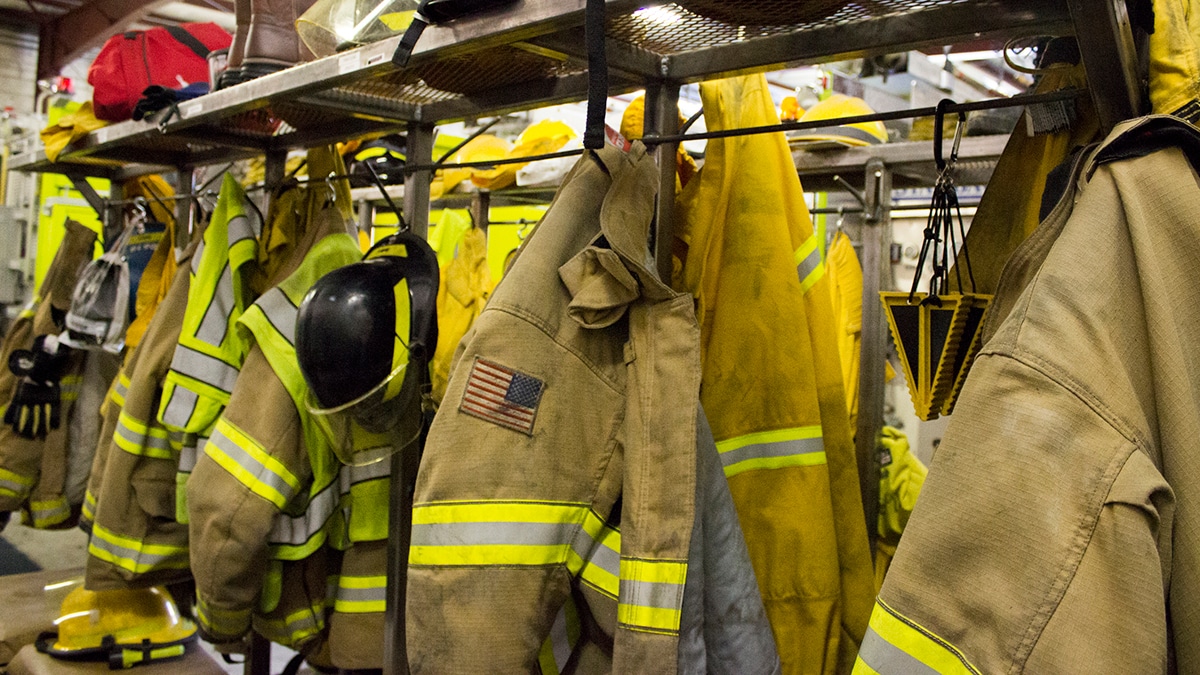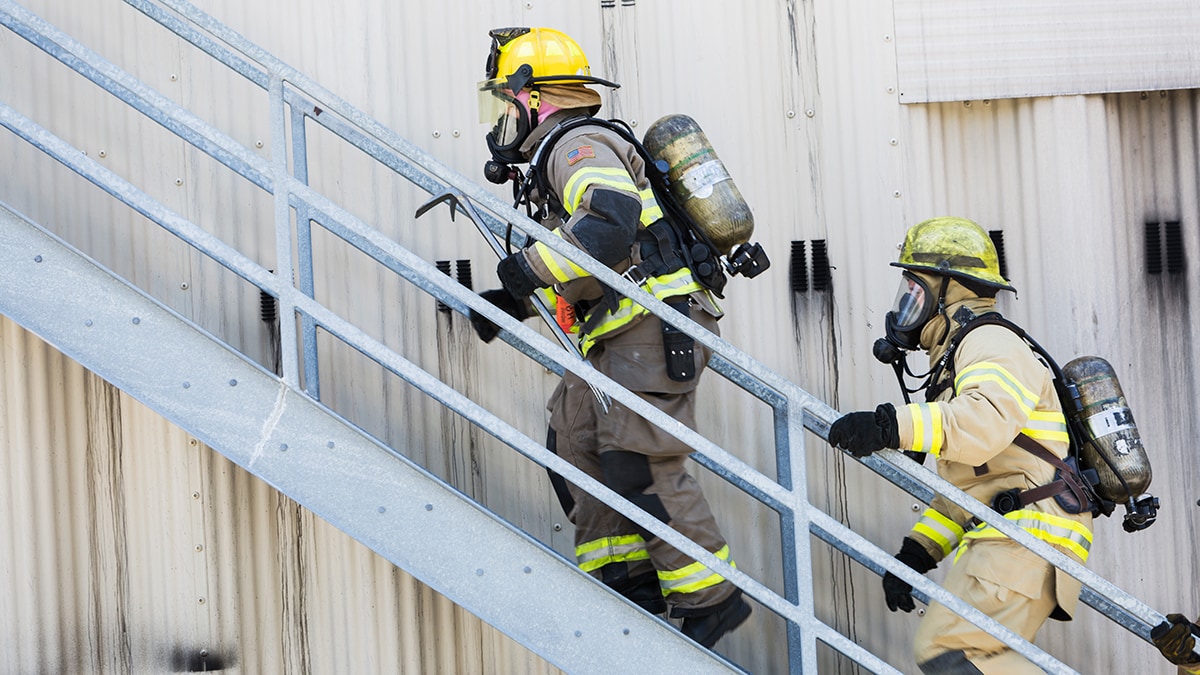Key points
- NIOSH conducts research and offers programs to help keep firefighters safe and healthy.
- NIOSH provides safety and health information for structural and wildland firefighters.
- NIOSH services such as the National Firefighter Registry for Cancer and the Fire Fighter Fatality Investigation and Prevention Program investigate work-related hazards and outcomes for firefighters.

Overview
Firefighting is one of the most at-risk occupational groups. Firefighters face many dangers that put them at risk for injury, illness, or fatality.
Protecting firefighters' safety and health is a top priority for NIOSH. NIOSH has decades of experience conducting investigations and research on firefighter safety and health.
Center for Firefighter Safety, Health, and Well-being
NIOSH launched the NIOSH Center for Firefighter Safety, Health, and Well-being in October 2024. The Center provides the fire service community a central point for engaging with NIOSH research and services.
Types of job hazards
Firefighters are exposed to physical, chemical, biological, and psychosocial hazards in their job. While firefighters can anticipate some hazards and prevent or reduce them, others are unexpected.
Some common hazards include:
- Chemicals in smoke and debris
- Chemical products used in firefighting
- Ergonomic and heavy-weight hazards
- Gasoline and diesel exhaust
- Physical hazards, including heat stress and noise
- Shift work/sleep disruption
- Traumatic events
Hazards can also be unique to the type of firefighting. The pages below focus on different hazards faced by structural and wildland firefighters.
Structure fires
Structure fires involve different types of exposures and hazards. Exposure and risk levels depend on many things. This includes the building materials, materials stored within, and fire and weather conditions.
Structural firefighting
Wildland fires
Wildland firefighting differs from structural firefighting due to differences in:
- Magnitude of and materials burning in the fires
- Smoke exposure
- Equipment
- Personal protective equipment
- Physical demands
- Schedule and duration of the response
- Tactics
- What is burning
Wildland firefighting
Health outcomes
Cancer
Cancer is a leading cause of death among firefighters. Firefighting settings are complex. They can expose firefighters to many dangerous substances, including gases, vapors, and particulates. Some of these substances are known or suspected to cause cancer. Research shows firefighting can increase the risk of certain types of cancer.1
Good work practices may help lower firefighter exposure to cancer-causing substances. The National Firefighter Registry (NFR) for Cancer is trying to better understand and reduce cancer in the fire service.
Hearing loss
Routine firefighting tasks often result in noise exposure that exceeds NIOSH recommendations. NIOSH recommends using engineering and administrative controls to limit noise exposure and prevent hearing loss.
When controls are not possible, we recommend hearing protection training and limiting noise exposures. Learn more about hearing loss prevention and worker safety and health.
Heart disease
Sudden death from a heart event is the most common cause of death among firefighters.2 Most heart disease is preventable.
Rhabdomyolysis
Rhabdomyolysis (often called rhabdo) has many causes. This includes heat exposure, high core body temperature, and intense exertion for a long period of time. Wildland firefighting and routine firefighter tasks may increase firefighters' risk for rhabdo. These might be carrying extra weight of equipment or working in hot environments.
Early treatment can prevent serious medical problems. It is important to quickly identify and treat, if not, it can result in death or kidney failure. Learn more about Rhabdo and worker safety and health.
Recommendations
NIOSH has developed many resources to help keep firefighters safe and healthy. Links to this information are available on the page below.
What's being done
NIOSH has several initiatives and programs to help protect firefighters on the job.


